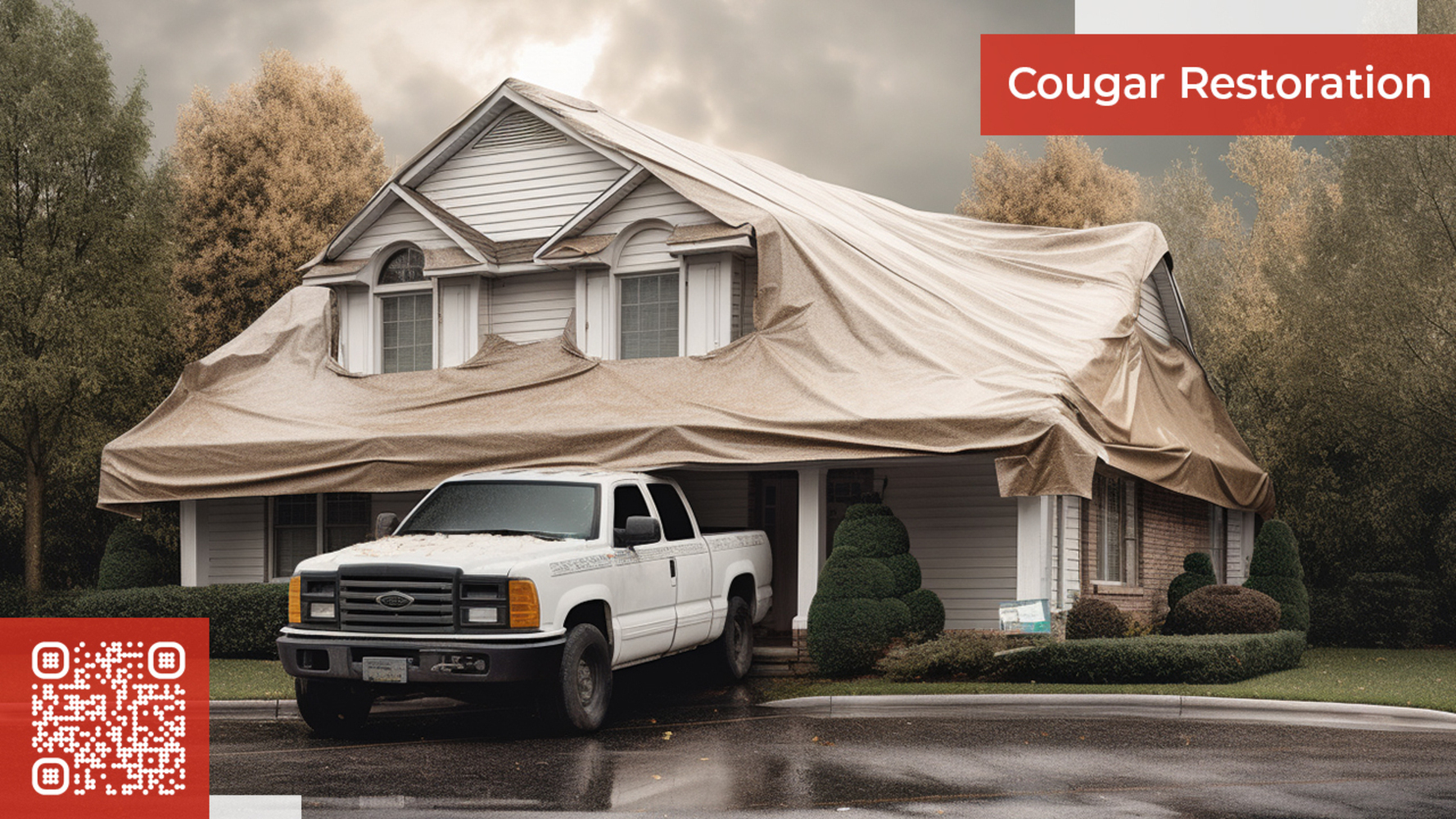Mold in crawl spaces affects homes and has broader environmental consequences. From impacting indoor air quality to contributing to harmful mold spores in the air, crawl space mold can affect personal health and the surrounding environment. Fortunately, there are sustainable methods for mold removal that minimize environmental impact while protecting your home.
The Environmental Impact of Crawl Space Mold
Crawl space mold poses risks beyond just structural damage and health concerns. Here’s how mold affects the environment:
1. Air Quality and Ecosystem Impact
When mold spores are released into the air, they don’t just circulate indoors but can escape into the external environment, impacting nearby air quality. This can affect both ecosystems and individuals with respiratory sensitivities, contributing to allergy symptoms and respiratory issues even outdoors.
2. Contribution to Indoor Air Pollution
Mold trapped within crawl spaces can still significantly affect indoor air quality. Spores can circulate throughout the home via air ducts or ventilation, contributing to indoor air pollution and adversely affecting residents, especially those with respiratory issues. Long-term exposure to these spores can lead to environmental degradation inside the home.
3. Excessive Use of Harsh Chemicals for Mold Treatment
Many mold remediation methods rely on harsh chemicals that, while effective, can contribute to environmental pollution. These chemicals can enter soil and water systems if not adequately contained, impacting local ecosystems and groundwater supplies.
Sustainable Methods for Mold Removal
To minimize the environmental impact of mold removal, consider sustainable and eco-friendly options. Here are some methods to consider:
1. Natural Mold-Resistant Materials
Using mold-resistant materials during crawl space construction or renovations is a proactive way to prevent mold growth without chemical treatments. Materials such as treated wood, closed-cell spray foam insulation, and rigid foam boards are highly effective and reduce the need for additional chemical treatments.
- Benefits: Reduces the potential for mold growth naturally, limiting the need for chemical treatments in the future.
2. Eco-Friendly Mold Removal Solutions
Natural and eco-friendly mold removal solutions, such as vinegar or baking soda mixtures, can be effective for minor mold issues without harming the environment. Professional services also offer environmentally conscious cleaning agents that are both effective and biodegradable.
- Benefits: Avoids releasing harmful chemicals and pollutants into the environment while providing effective mold removal.
3. Dehumidifiers for Passive Moisture Control
Dehumidifiers are an essential tool for preventing mold by controlling humidity levels. Maintaining low humidity allows crawl spaces to stay dry, making it difficult for mold to thrive. Energy-efficient dehumidifiers offer a sustainable way to keep moisture at bay without excessive energy use.
- Benefits: Continuous humidity control reduces the risk of mold regrowth and minimizes the need for frequent chemical treatments.
4. Encapsulation with Vapor Barriers
Crawl space encapsulation with vapor barriers creates a sealed environment that prevents moisture from entering, reducing the chances of mold growth. These barriers are typically made from recycled materials and help dry the crawl space without requiring repeated mold treatments.
- Benefits: Encapsulation minimizes environmental impact by naturally preventing mold and decreasing the need for chemicals and frequent maintenance.
Long-Term Environmental Benefits of Sustainable Mold Prevention
Using sustainable materials and methods for mold prevention not only benefits your home but also contributes to a healthier environment:
- Reduced Chemical Use: By opting for sustainable prevention and remediation methods, the need for harsh chemicals is minimized, reducing environmental pollution and health risks.
- Lower Carbon Footprint: Eco-friendly dehumidifiers and encapsulation systems are energy-efficient, consuming less electricity and reducing carbon footprint.
- Improved Indoor Air Quality: Sustainable mold prevention techniques promote cleaner air inside and outside your home, benefiting residents and the local ecosystem.
Professional Mold Removal and Environmental Responsibility
For significant mold issues, professional mold remediation services offer sustainable solutions tailored to your crawl space needs. Cougar Restoration Inc., based in Tigard, Oregon, provides eco-friendly mold remediation and moisture control solutions, helping homeowners protect their homes and the environment. By working with experts committed to environmentally responsible practices, you can ensure effective mold control with minimal environmental impact.
Take Action for a Mold-Free and Eco-friendly Home
By choosing environmentally conscious mold prevention and remediation methods, you can protect your home from mold while contributing to a healthier planet. Sustainable materials, natural treatments, and eco-friendly dehumidification methods offer effective, long-term crawl space mold control solutions.
Get In touch with them at:
Cougar Restoration Inc.
16285 SW 85th Ave Tigard, Oregon 97224
(503)349-5538
https://cougarrestoration.com/
Read Our Blog About Insurance Coverage for Mold



































